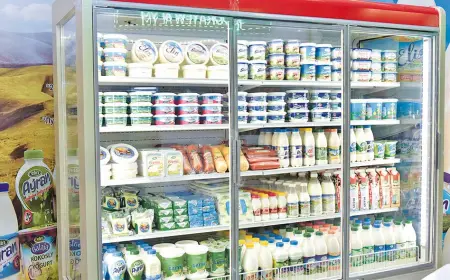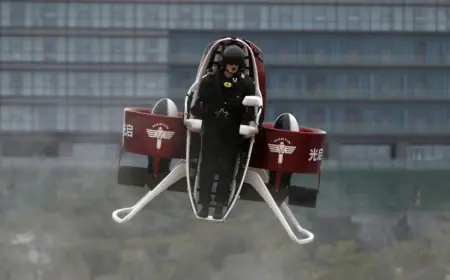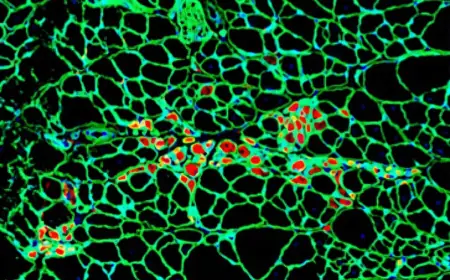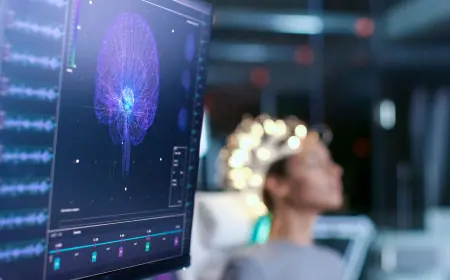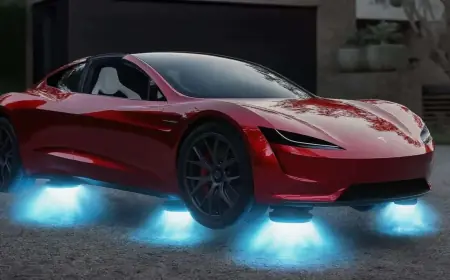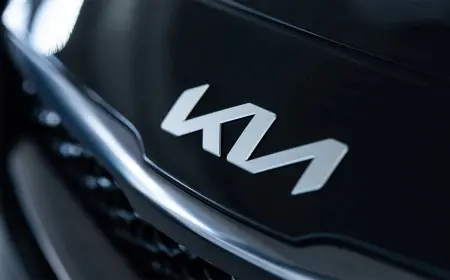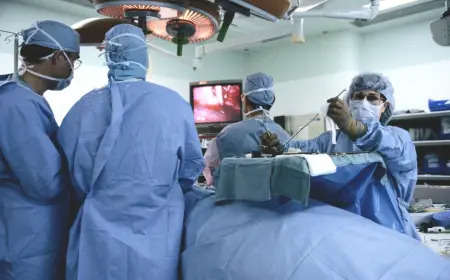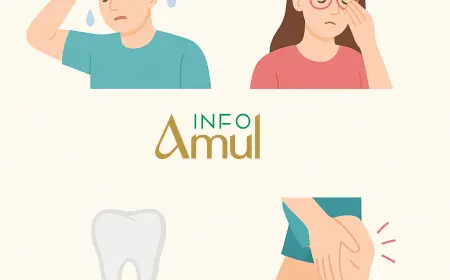Myopia in Children: Vision Problems and Treatment Methods
Signs of Myopia and Treatment: Conservative and Surgical Methods

Myopia, characterized by the deterioration of the ability to see objects at a distance, is one of the most common and significant issues in society. Myopia can be inherited across generations and develops for several reasons, such as improper habits, including reading books or writing letters at a close distance, working on a computer without maintaining the necessary distance, or sitting too close to the television. As a result, the parallel positioning of the eyes is disrupted, and the child experiences difficulty when trying to see distant objects. The eyes should be positioned parallel to each other, but in myopia, this alignment is disrupted, and one eye may be positioned to the right or left. This leads to significant challenges with distance vision and deteriorates the child’s overall visual perception.
How to Recognize Myopia?
Myopia in children manifests through a series of symptoms. The main signs associated with eye positioning issues include:
-
Inability to see distant objects – the child may struggle to distinguish objects that are far away.
-
Problems with focusing – the eyes may appear "blurry," and the child cannot focus on distant objects.
-
Painful sensations – such as headaches, eye fatigue, and nausea.
These symptoms require further diagnosis and treatment to improve the child’s vision.
Treatment Methods for Myopia: Conservative and Surgical Approaches
Myopia in children should be diagnosed and treated as early as possible. In the initial stages, glasses and contact lenses are commonly used to correct vision and improve it. Glasses help to adjust the eye position and improve visual ability, while contact lenses can be useful if the child finds it inconvenient to wear glasses or if a more comfortable solution for daily life is needed.
In addition, conservative treatments for myopia include procedures like electrophoresis, which is used with medications aimed at improving eye position and visual ability. One of the most effective surgical methods is laser keratotomy, which helps correct the positioning of the eyes and improve vision.
Understanding and timely treatment of myopia are key factors in preventing further deterioration of vision and preserving normal visual perception in children.








